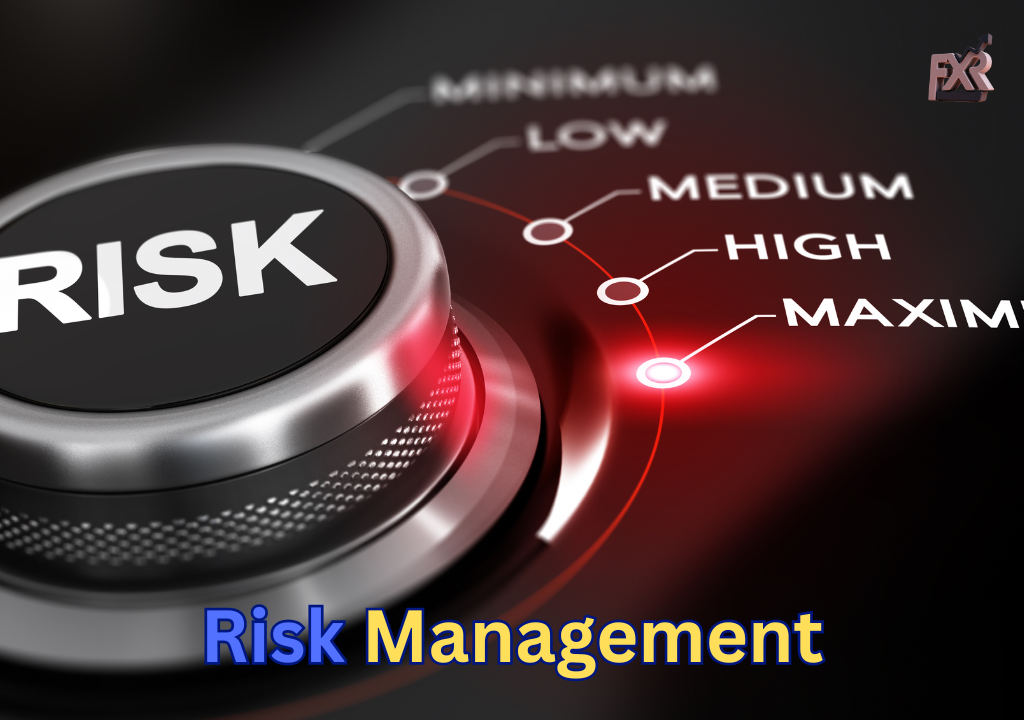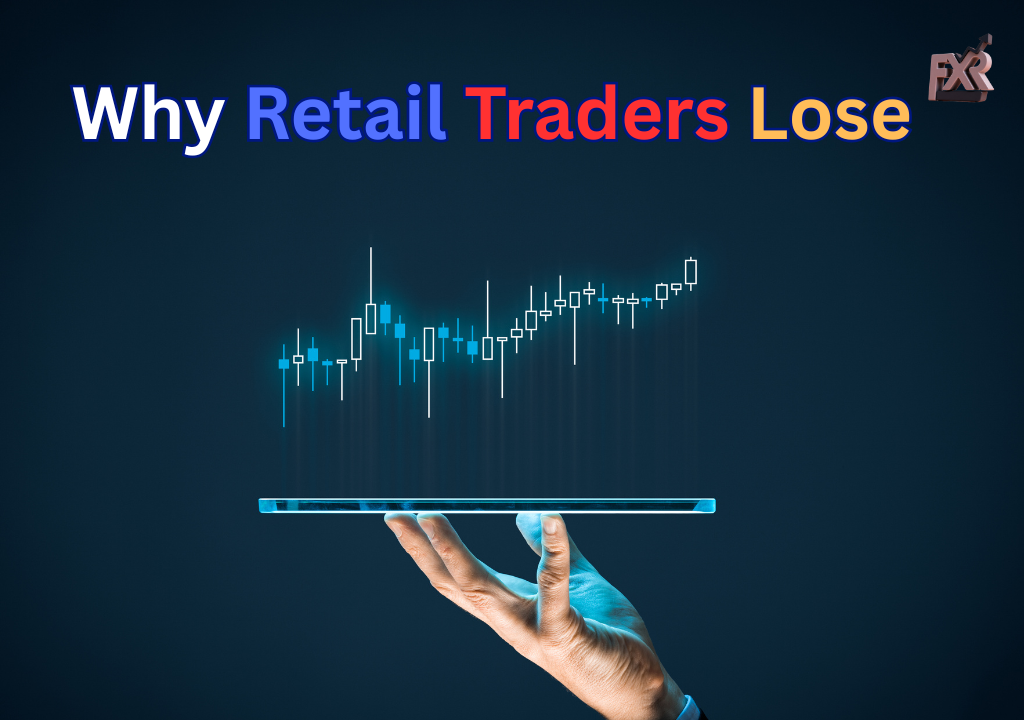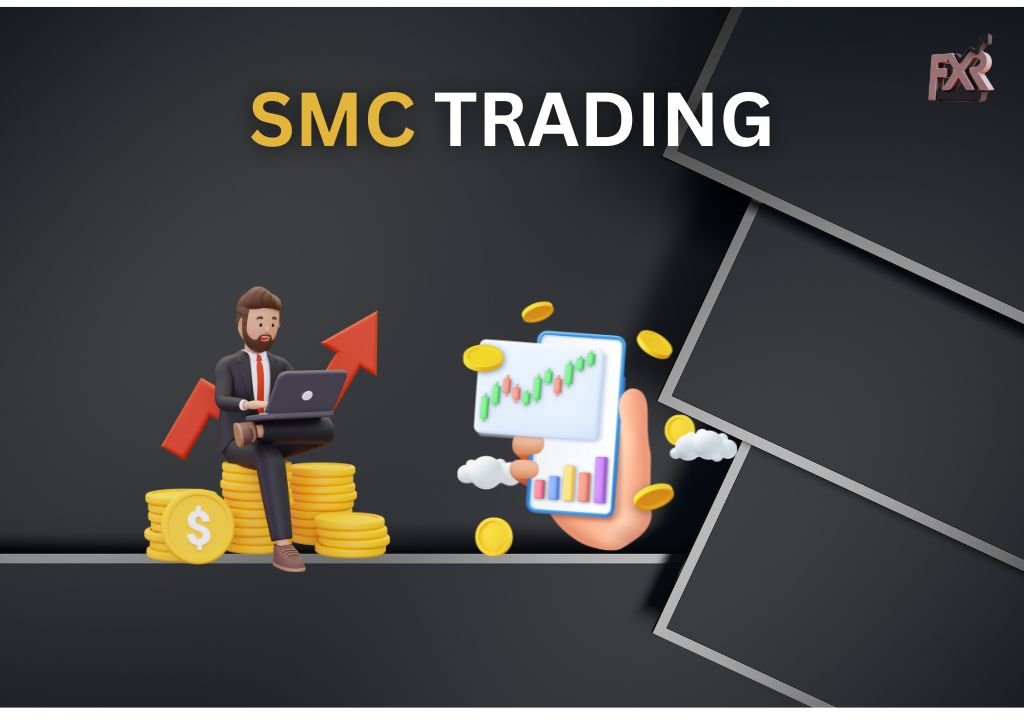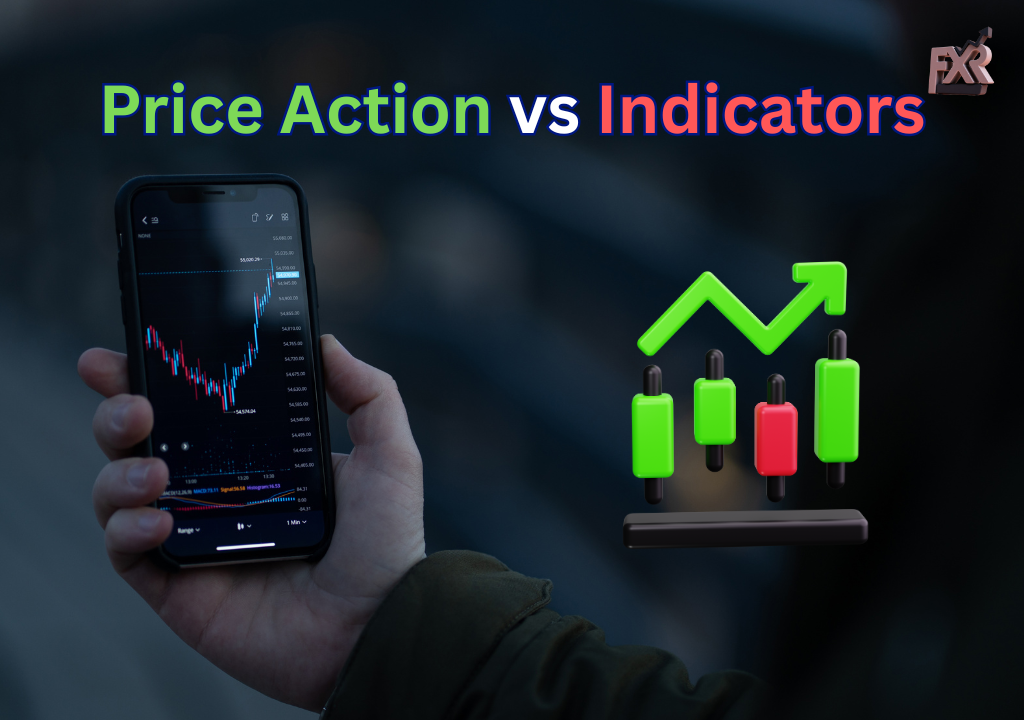Blog
💰 How to Manage Risk Like a Pro Trader (Even as a Beginner)

Let’s face it – the majority of traders fail because they don’t know how to manage risk. And guess what? Even pro traders know that mastering risk management is the key to long-term success in the forex market. 📉💸
If you're new to trading or you've been in the game for a while, don’t worry. In this blog, we’ll cover everything you need to manage risk like a true pro. 👇 Ready? Let’s go!
🔑 Why Is Risk Management So Important?
Before we dive into strategies, let’s answer the burning question: Why does risk management matter? 🤔
The forex market is volatile, with currency prices changing in a heartbeat. This creates opportunities, but also major risks! One bad trade without proper risk control can wipe out weeks or months of profits. 😱
But here’s the good news: Risk management acts as your shield against these wild market fluctuations. It's the difference between surviving and being wiped out. ⚔️🌪️
🚨 Common Risk Management Mistakes to Avoid
If you want to be a successful trader, avoid these common mistakes:
Overleveraging: Trading with excessive leverage can be a recipe for disaster. Sure, it’s tempting to control more capital with less money, but it also exposes you to huge losses. 🚨💥
No Stop-Losses: A stop-loss is your safety net. Not using one is like walking on a tightrope without a harness. Always, always set a stop-loss to protect your capital. 🛑
Chasing the Market: Don’t let impulsive decisions control you. If you jump into trades without a plan, you're setting yourself up for failure. 📈❌
📊 Proven Risk Management Strategies for Every Trader
Now let’s talk about the strategies that pro traders use to manage risk. Whether you're just starting or have some experience, these tips will help you protect your capital and increase your chances of success. 📉💪
1. 🛑 Set a Stop-Loss (And Stick to It!)
A stop-loss is a must for every trade. It automatically closes your position if the market moves against you, limiting your losses. But here’s the secret: set it before entering a trade! 🎯
Why? Because emotions can cloud your judgment during a trade. If the market goes against you, you might start hoping it’ll turn around — but it could end up costing you big. 😬
Pro Tip: Use a trailing stop-loss to lock in profits as the market moves in your favor! 📈➡️💸
2. 💸 Position Sizing: Don’t Bet the Farm
Position sizing refers to how much of your capital you risk on each trade. Beginners often risk too much on a single trade, thinking they can hit big. But this is a surefire way to lose everything! 🚫
The best practice? Risk only 1-2% of your account balance per trade. This way, even if you face a few losing trades in a row, your account won’t take a huge hit. 👌
For example, if you have ₹1,00,000 in your account, only risk ₹1,000-₹2,000 per trade. That’s your safety cushion! 🛡️
3. 🎯 Stick to a Risk-Reward Ratio of At Least 1:2
Here’s a secret that all pro traders swear by: the risk-reward ratio. This ratio helps you assess whether the reward of a trade is worth the risk.
Pro traders aim for a 1:2 risk-reward ratio. That means for every ₹1 you risk, you aim to make ₹2. 📊
By sticking to this ratio, even if you lose more than half of your trades, you can still be profitable! That’s how smart traders stay ahead of the game. 💡
4. ⚖️ Use Proper Leverage
Leverage is a double-edged sword. While it lets you control larger positions with less capital, it can also increase your losses exponentially. 😱
The trick is to use low leverage. Avoid going for high leverage, especially as a beginner. A typical leverage ratio for beginners is around 1:30 to 1:50. 📉
Pro Tip: Always ask yourself: “Can I afford to lose this trade?” If you can’t answer with confidence, cut down on your leverage! 🔍
5. 📅 Trade with a Plan (Not Emotions)
One of the most important aspects of risk management is having a clear trading plan. Successful traders don’t trade on impulse. They follow a well-defined strategy that includes:
Entry & Exit Points: Know exactly when to enter and exit based on your analysis.
Risk Management: Decide how much you're willing to risk before entering the trade.
Trade Frequency: Don’t overtrade. Stick to the setups that match your strategy. 🧠
When you follow your plan, emotions won’t dictate your trades. Discipline is the key to long-term success! 🏆
🔒 Final Thoughts on Risk Management
Remember: It’s not about how much you win, but how much you can afford to lose. Risk management isn’t just about protecting your capital; it’s about ensuring consistent profits over time. 💡
If you manage risk effectively, you’ll weather the storms of the forex market and come out ahead in the long run. 🌟
Next time you’re about to hit the "buy" or "sell" button, ask yourself: “How much am I willing to risk on this trade?” If you can answer that confidently, you’re already on the path to becoming a pro trader. 💼🚀
Related Posts
💧 Liquidity in Forex: The Hidden Trap You Must Understand 💣
-
Posted by
fxrofficialtrader@gmail.com
- 0 comments
📉 Why Most Retail Traders Lose – and How You Can Win 💪💡
-
Posted by
fxrofficialtrader@gmail.com
- 0 comments
💡 What is SMC in Trading
-
Posted by
fxrofficialtrader@gmail.com
- 0 comments
🧠 Price Action vs Indicators: What Actually Works in 2025? 📊⚔️
-
Posted by
fxrofficialtrader@gmail.com
- 0 comments
🚀 Top 5 SMC Entry Setups That Give High Risk-Reward Trades 💰🔥
-
Posted by
fxrofficialtrader@gmail.com
- 0 comments






